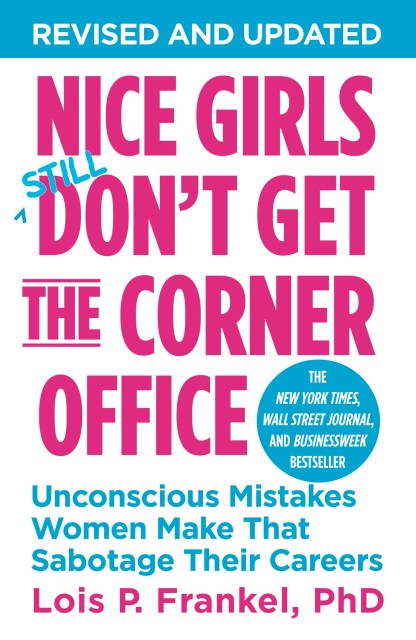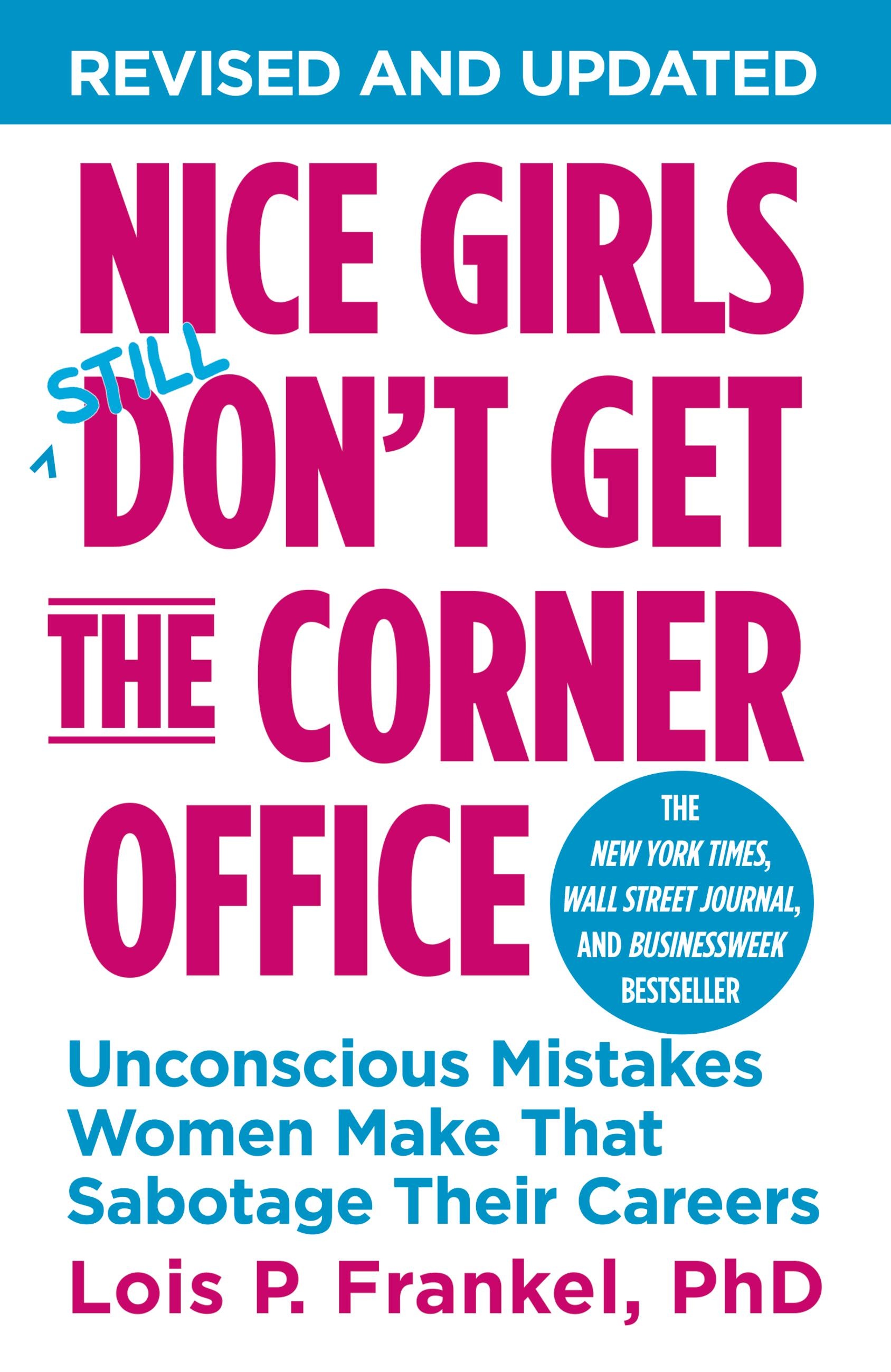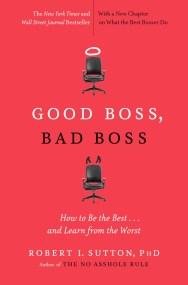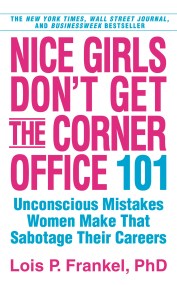Promotion
Use code MOM24 for 20% off site wide + free shipping over $45
Nice Girls Don't Get the Corner Office
Unconscious Mistakes Women Make That Sabotage Their Careers
Contributors
Formats and Prices
Price
$18.99Price
$24.99 CADFormat
Format:
- Trade Paperback (Revised) $18.99 $24.99 CAD
- ebook (Revised) $11.99 $15.99 CAD
- Audiobook Download
- Mass Market $9.99
This item is a preorder. Your payment method will be charged immediately, and the product is expected to ship on or around February 18, 2014. This date is subject to change due to shipping delays beyond our control.
Also available from:
Before you were told to “Lean In,” Dr. Lois Frankel told you how to get that corner office.
The New York Times bestseller, is now completely revised and updated. In this edition, internationally recognized executive coach Lois P. Frankel reveals a distinctive set of behaviors–over 130 in all–that women learn in girlhood that ultimately sabotage them as adults.
She teaches you how to eliminate these unconscious mistakes that could be holding you back and offers invaluable coaching tips that can easily be incorporated into your social and business skills. Stop making “nice girl” errors that can become career pitfalls, such as:
Mistake #13: Avoiding office politics. If you don’t play the game, you can’t possibly win.
Mistake #21: Multi-tasking. Just because you can do something, doesn’t mean you should do it.
Mistake #54: Failure to negotiate. Don’t equate negotiation with confrontation.
Mistake #70: Inappropriate use of social media. Once it’s out there, it’s hard to put the toothpaste back in the tube.
Mistake #82: Asking permission. Children, not adults, ask for approval. Be direct, be confident.
The New York Times bestseller, is now completely revised and updated. In this edition, internationally recognized executive coach Lois P. Frankel reveals a distinctive set of behaviors–over 130 in all–that women learn in girlhood that ultimately sabotage them as adults.
She teaches you how to eliminate these unconscious mistakes that could be holding you back and offers invaluable coaching tips that can easily be incorporated into your social and business skills. Stop making “nice girl” errors that can become career pitfalls, such as:
Mistake #13: Avoiding office politics. If you don’t play the game, you can’t possibly win.
Mistake #21: Multi-tasking. Just because you can do something, doesn’t mean you should do it.
Mistake #54: Failure to negotiate. Don’t equate negotiation with confrontation.
Mistake #70: Inappropriate use of social media. Once it’s out there, it’s hard to put the toothpaste back in the tube.
Mistake #82: Asking permission. Children, not adults, ask for approval. Be direct, be confident.
Genre:
-
"Want to know why some women's careers take off like rockets, while others' sputter (or even crash)? Hint: It's not about "leaning in" versus dropping out. This brilliant book is packed with more than 100 mistakes women make at work and the practical ways to stop doing the things that really hold them back. I wish I'd written it." -Anne Fisher, "Ask Annie" careers and workplace columnist, CNNmoney.com/Fortune.com
-
"Every page of this book is filled with something you or one of your friends do every day...A simple, quick guide to presenting ourselves as the strong and bold women we are." --Gail Evans, author of She Wins, You Win and Play Like a Man, Win Like a Woman
- On Sale
- Feb 18, 2014
- Page Count
- 384 pages
- Publisher
- Balance
- ISBN-13
- 9781455546046
Newsletter Signup
By clicking ‘Sign Up,’ I acknowledge that I have read and agree to Hachette Book Group’s Privacy Policy and Terms of Use










